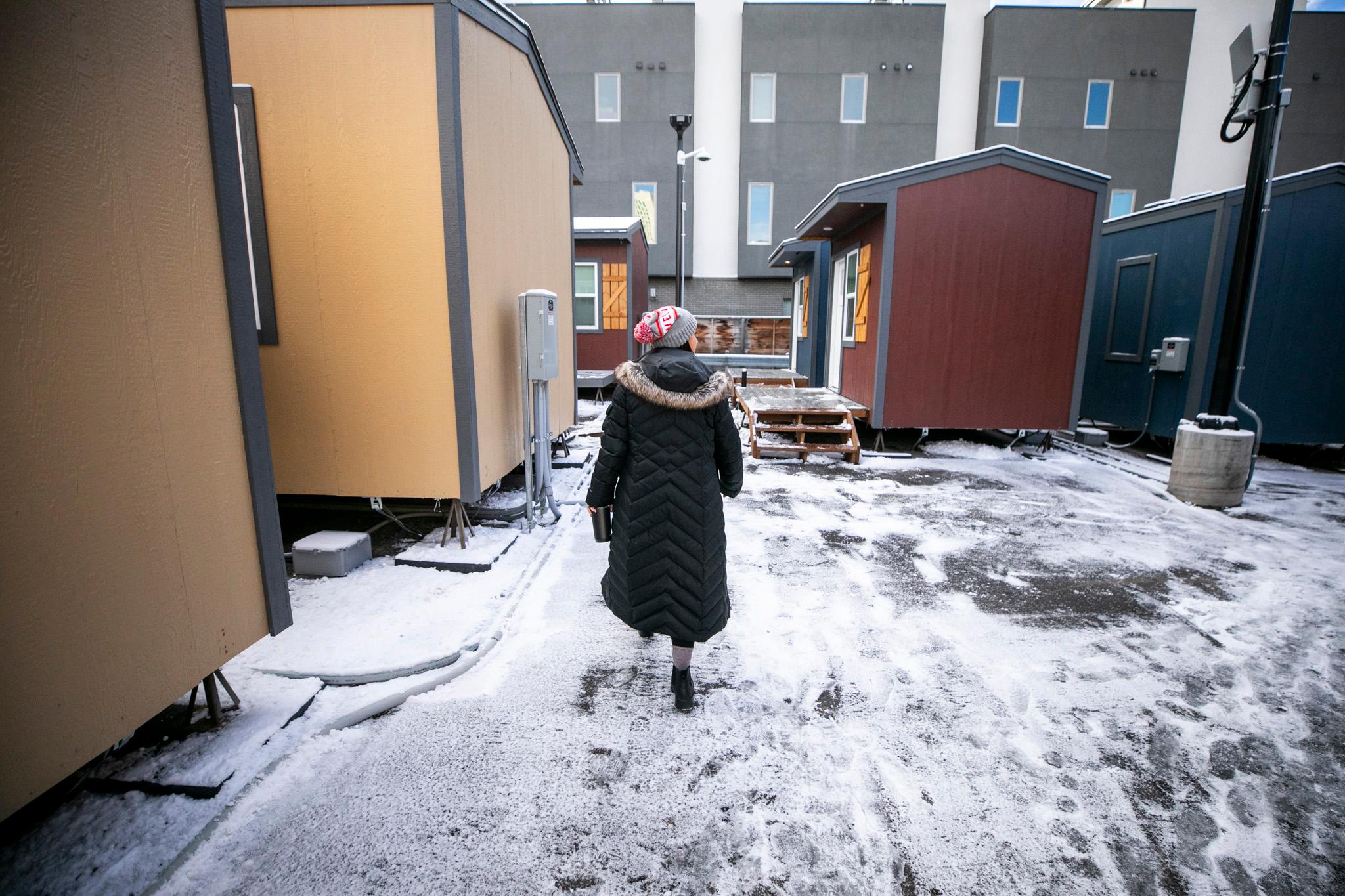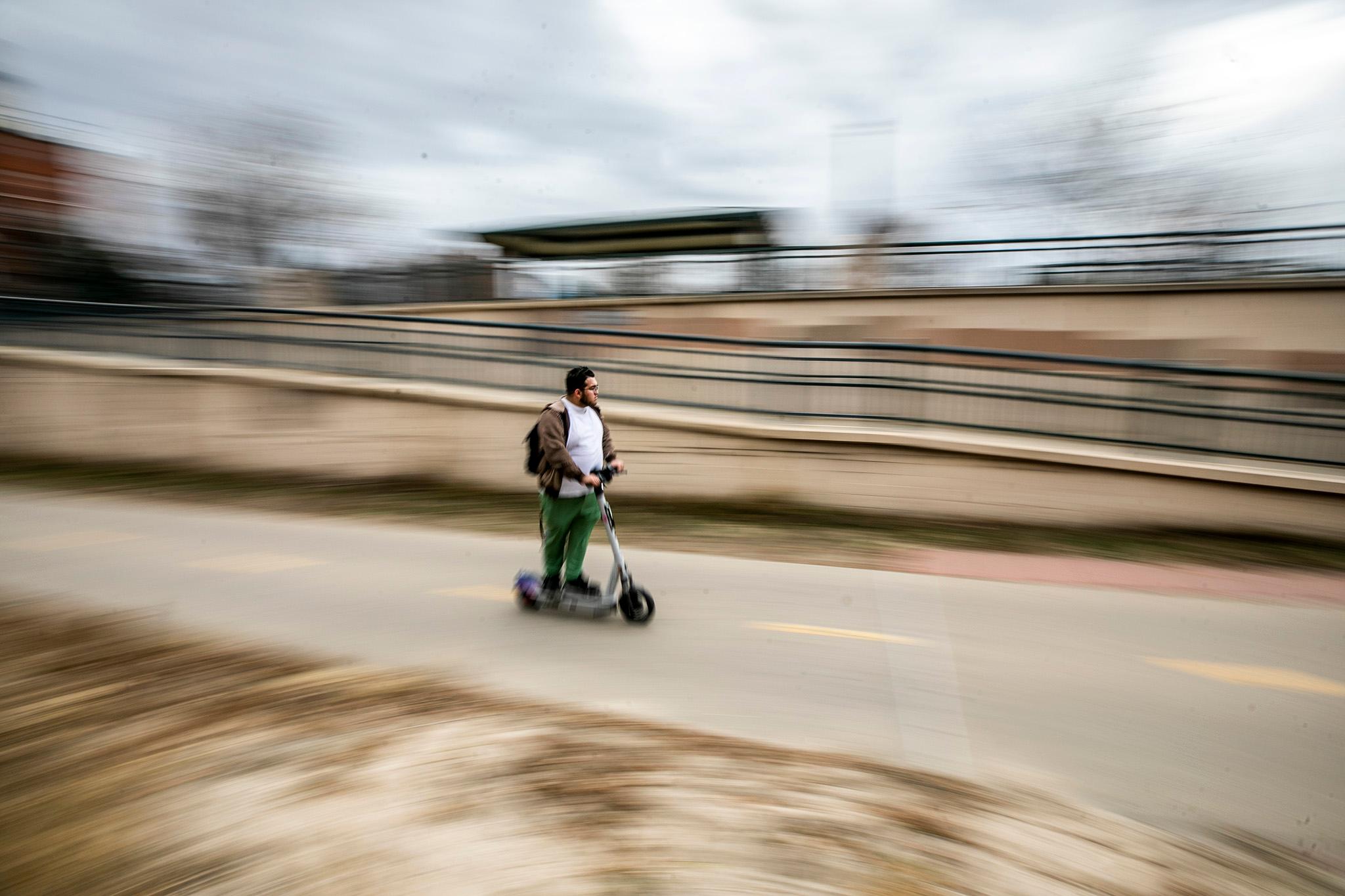Updated at 9:42 a.m. on Monday, Aug. 25, 2025
Mayor Mike Johnston pivoted toward tough-on-crime rhetoric during his 2025 State of the City address last month.
“Now that encampments are gone and violent crime is among the lowest this century, we are turning our focus to the quality-of-life crimes — like theft or public drug use — that impact many of us on a daily basis,” he said.
After spending the past two years ending downtown encampments and bringing thousands of people into shelter, Johnston described a new approach to people with mental health and substance issues and recurring criminal records.
“For those who are willing to accept treatment, we will keep them out of our criminal justice system entirely,” he said in the speech. “But for those who refuse services and continue to commit crimes, we will hold them accountable, and work with our partners in the criminal justice system to direct them toward services and treatment as part of their sentence,” he said.
He emphasized that Denver’s priority is to connect people in need with “high-quality treatment.” But the speech reflected a broader trend among Democrats in blue states, who increasingly have turned to mandated treatment and the threat of jail as a response to troubling scenes on the streets.
And it comes just as President Donald Trump is pressuring cities to crack down and “restore public order.”
The mayor’s speech sent ripples through the city.
Lisa Raville, head of the Harm Reduction Action Center, was furious the mayor framed drug use as a public safety issue for downtown businesses but did not address the rise in overdoses or evidence-based solutions to preventing such deaths.
HRAC works on the front lines of the drug crisis, operating a syringe exchange program, distributing opioid reversal drugs and providing regular support for drug users. The nonprofit has been a longtime partner of both the Denver Police Department and the Sheriff Department.
She argued the mayor is putting politics over public health.
“You're going to double down on the worst idea in the drug war, again: incarceration and criminalization,” Raville said. “So then what's going to happen? OK, so you arrest people for public drug use… Maybe they say, ‘No, thank you, to your treatment.’ They go to jail. Now they're at higher risk of overdosing when they leave.”
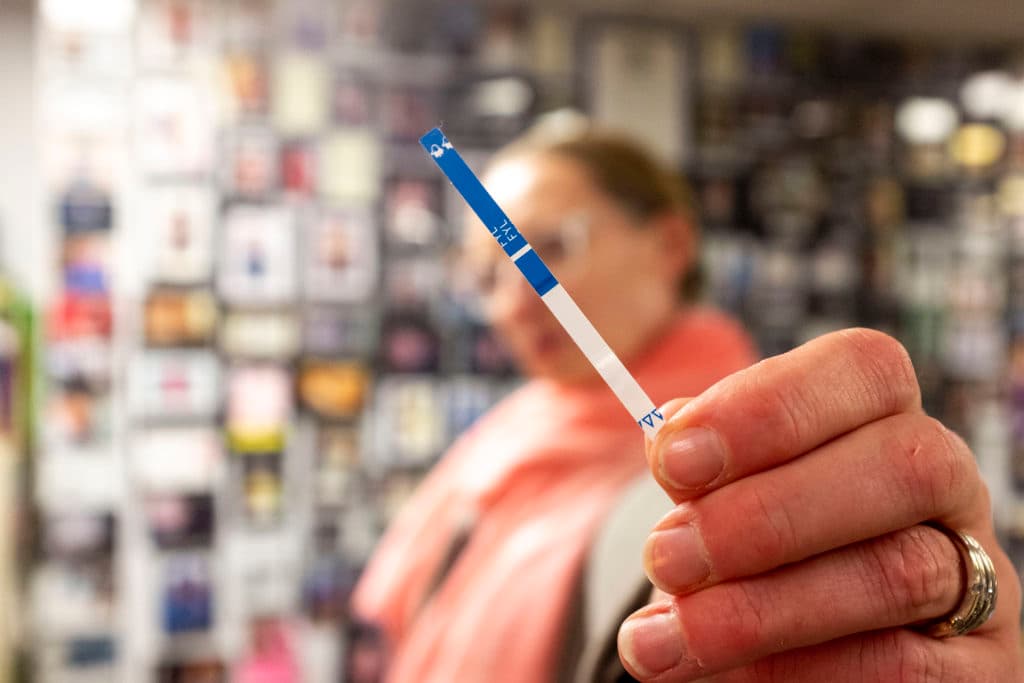
Robert Davis, with the community-based Denver Task Force to Reimagine Policing and Public Safety, said the mayor’s statements about quality-of-life crimes were vague. He wasn’t even sure what types of crimes Johnston was referring to, beyond public drug use and robbery, the two examples the mayor cited.
“What he's saying is that individuals who are being a nuisance or an eyesore to the powers that be — maybe they're going to find ways to criminalize them just like they've criminalized homelessness altogether,” Davis said.
RiNo developer Andy Feinstein, meanwhile, said the mayor’s remarks suggested he’s on the right path. He said the speech built on Johnston’s earlier actions on homelessness — in his first two years, the mayor oversaw the city’s closure of many street camps. People in those camps were offered rooms in hotel shelters — or they had to find somewhere else to stay.
“Obviously the decision to break down those encampments — that was a huge decision,” Feinstein said. “I think that set a tone for the city going forward, that we're not going to tolerate encampments anymore. It sounds like he's taking that kind of a step further … I think that’s commendable.”
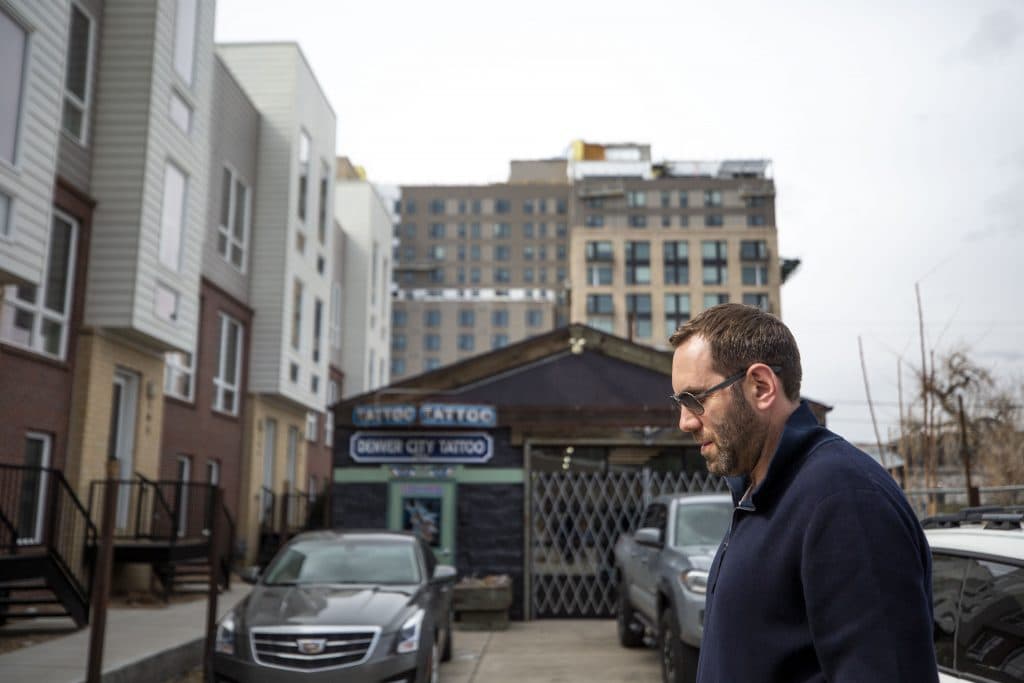
Feinstein also noted that Johnston echoed some of Trump’s recent tough-on-crime rhetoric, only more artfully.
Overland resident Craig Arfsten, with Citizens for a Safe and Clean Denver, is skeptical the mayor’s words are more than political rhetoric. The city is too entrenched in harm reduction and housing first models, he said. He wants the city to go further to embrace a “treatment first” model.
“If he's serious about this, he probably should be buying recovery communities instead of warehousing [unhoused people who use drugs] in hotels,” Arfsten said. “And there should be … a path to recovery rather than permanent housing.”
For people on both sides of the debate, Johnston’s remarks raised big questions.
What does all this mean in practice? How will it affect the work of Denver police officers and sheriff deputies? Will there be more arrests, more people in jail? What will it mean for the people of Denver — housed or not?
How the focus on quality-of-life crimes may affect policing:
The city has made strides on reducing violent crime, and that’s still a main priority for the department, Denver Police Chief Ron Thomas said in an interview. Since Johnston took office, the numbers of reported robberies, car thefts, burglaries and murders are down.
But many residents still say the city feels unsafe; seeing people using drugs and drinking in public and sleeping in doorways impacts people’s “perceptions of safety,” Thomas said.
Shoplifting is up, trespassing has risen slightly, and disturbing the peace has not changed much, according to Denver crime data.

The department won’t hire new officers to take on quality-of-life crimes. Nor will current officers be redeployed, he said. Instead, it will collaborate with other agencies who can get people into treatment, and adjust the marching orders for its current force.
“It's really just kind of a shift in focus for officers where they are currently assigned,” Thomas said.
Denver police will bring in other city partners like Roads to Recovery and Denver Human Services to help people get treatment.
“It's just recognizing that there are issues that impact people's perceptions, realizing there are partners within the city that we can work with to address these various concerns,” Thomas said.
Locking up people who use drugs is not the police department’s priority, according to Thomas. The chief views arrest as a “last resort.”
Johnston said that the goal is to provide options and incentives for treatment when someone is arrested and shows signs of substance abuse or mental illness — including as part of a criminal sentence.
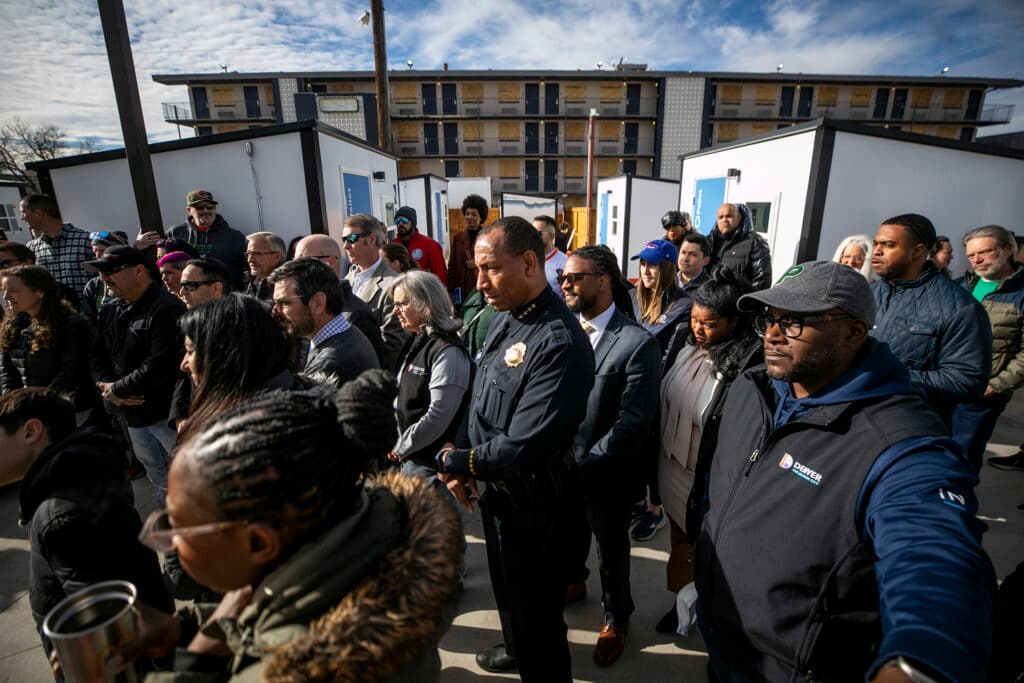
“I think that it is designed to be carrots all the way along. But what we know is that people keep offending,” the mayor recently told our colleague Ryan Warner, senior host of Colorado Matters. “They'll be facing criminal charges, and we think if they're facing criminal charges, they should be sentenced to places that still offer treatment options and give them real chances to recover.”
The police chief does not anticipate an increase in arrests, instead emphasizing the value of organizations like HRAC.
“Certainly, it's a last-effort option,” he said of the threat of arrest. “But we don't see us taking advantage of that particular option very often. We think that there are treatment options that are available, that people will — maybe not the first time, but eventually — be connected with and be successfully using them.”
Denverite analyzed local court data and found that, at present, relatively few “quality of life” crimes go to court. This trend has remained consistent in recent years.
How the shift to quality-of-life crimes is affecting the jails:
Despite the mayor’s promise of pairing “outreach with enforcement,” Denver Sheriff Elias Diggins does not anticipate an uptick in the number of people in local jails. But he said the city is trying to turn the lockup into a place where people are more likely to get help.
When people are arrested and are locked in jail, he has one driving concern, he said: “How do we return people back to the community better than how they came to us?”
That’s necessary, he said, as the jail is “the largest mental health provider in the city and county of Denver, and we've been that for many, many years.”
“If you're able to go through the booking process, as soon as we can, we're going to get you connected to a mental health practitioner, and you also go through an assessment with Denver Health to determine how we can help you best,” Diggins said.

The jail offers medical treatment, including naloxone and buprenorphine — substances used to manage opioid addiction. Staff also work to get people back on their prescribed medications.
Diggins is also trying to keep drugs out of jail, including with a scanner that can detect drugs on a person. The department also replaced jail mail with an electronic mail system to reduce the chances that drugs are smuggled into the jail.
The Sheriff Department also provides people being released with harm reduction kits that include Narcan and fentanyl testing strips.
“We have to spend more money on wraparound services and support services in the community in order to reduce recidivism and to help people,” he said. “And I believe Mayor Johnston understands that, which is why he wants to spend more money on programs like Roads to Recovery, on services that can help people once they're back on the streets.”
Johnston isn’t just talking about being tougher on crime.
The mayor cited the city’s Roads to Recovery program as an example of the work the city is doing to connect people to treatment. The program, led from the mayor’s office, collaborates with city departments, nonprofits and public and private treatment centers.
Erin Atencio, the program’s head, describes it as “a continuum of care.”
The program uses a mix of sober-living, peer-support and clinical facilities, opioid substitution treatments and hotel shelters to connect people with a range of treatments.

Before the program existed, Atencio said, a person might get stuck on a waitlist and lose interest by the time care was available. Now, the city aims to give people immediate access to care.
Roads to Recovery has connected 303 people with intensive case management and other services since January 2024. The rates of arrests and days spent in jail have dropped for all people in the program, according to Atencio, to around half the rate for people living without shelter.
But to put the scale of Roads to Recovery’s success in perspective, the city has documented 777 fatal drug overdoses and 4,683 non-fatal overdoses citywide since the program began. The rate of overdoses has increased by nearly 25 percent since last year.
And even after a sharp reduction in visible homelessness, there were still nearly 800 people living on Denver’s streets and thousands more in shelters during a recent point-in-time count.
Editor's note: This article was updated to correct that jail bed days, not jail deaths, have dropped since Roads to Recovery launched. The rate of jail deaths has not been tracked by the program.

